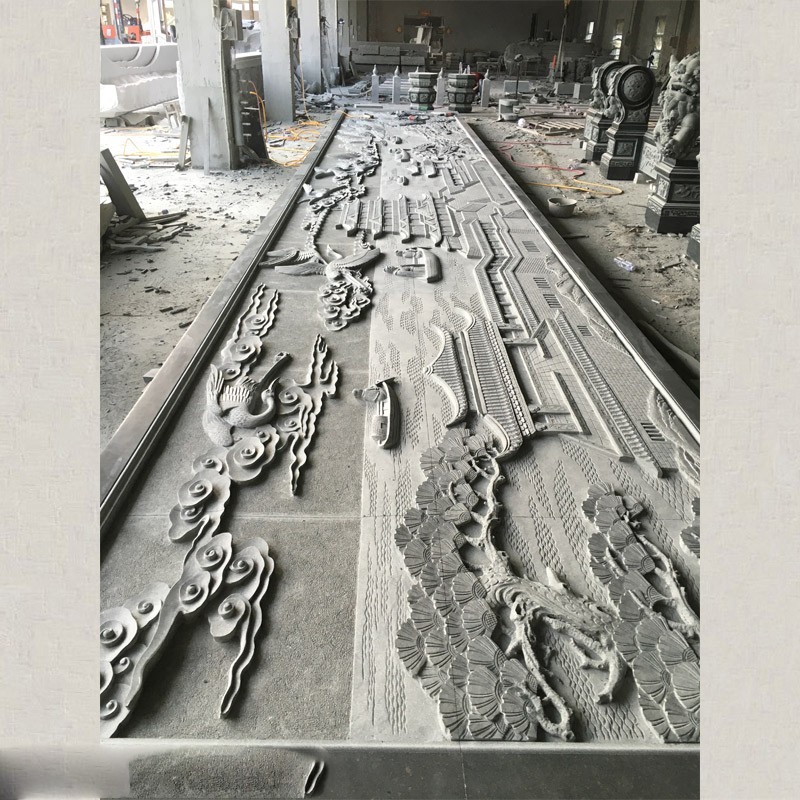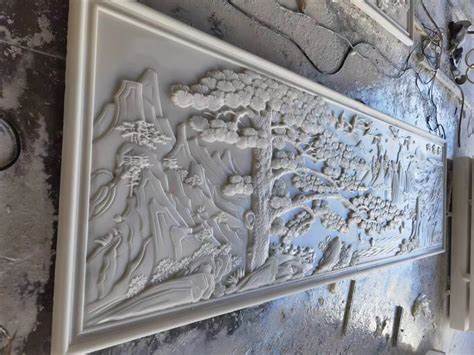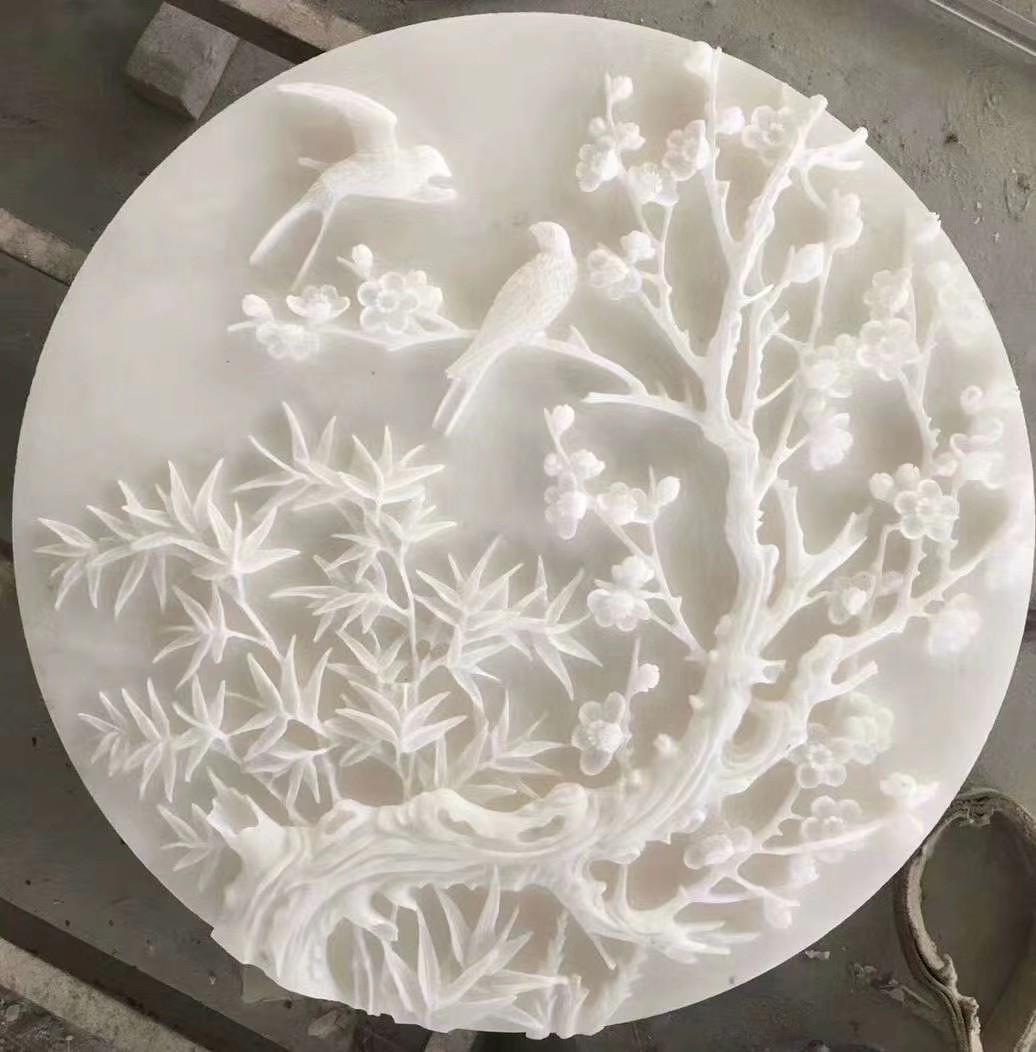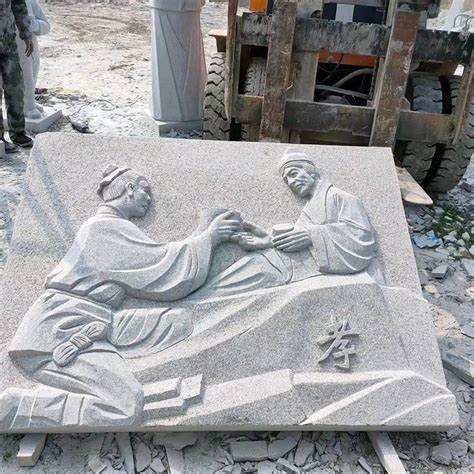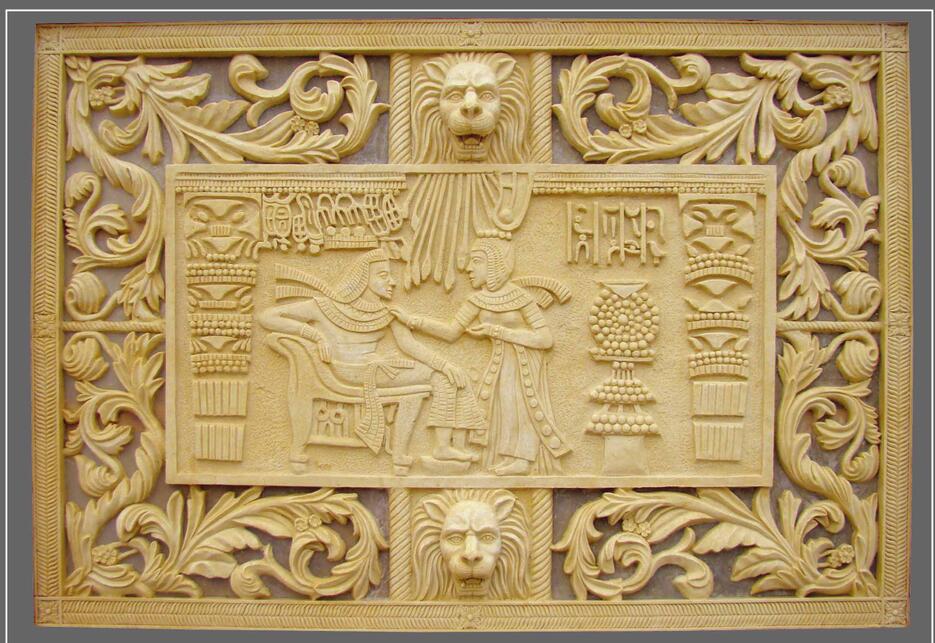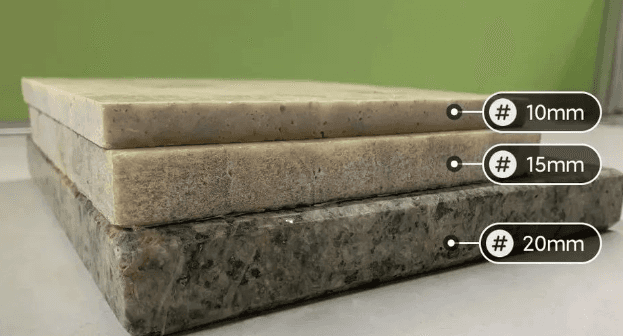Introduction to the Characteristics of Reliefs in Four Types of Natural Stone (Marble, Granite, Bluestone, Sandstone)
Yuki
The varieties of stone reliefs mainly include Han White Jade relief, Granite relief, Bluestone relief, and Sandstone relief. Each type of stone relief has its own distinct characteristics. Below is an overview of the four types of stone reliefs and their features.
Han White Jade Relief: Han White Jade relief is crafted from high-quality Han White Jade stone, enhanced with various stone carving techniques such as high relief, low relief, and pierced carving. The reliefs are meticulously created. Their characteristics include a pure white color and a hard stone texture that glimmers in sunlight. The material of Han White Jade is versatile for carving a variety of patterns, such as figures, floral designs, scenes, and more.
Granite Relief: Granite relief is a rather common type of relief artwork. The texture and grain of granite are very uniform, and it can be categorized into fine, medium, and coarse based on its granular structure. The colors are diverse, with almost every hue available, and when installed over a large area, the color variation is minimal. This is why granite is extensively used in the creation of reliefs. The characteristics of granite for making reliefs include high hardness, low water absorption rate, and exceptional resistance to acids, alkalis, and weathering. Coupled with its rugged and grand style, granite is most suitable for outdoor relief applications.
Bluestone Relief: Bluestone relief is a relief craft carved from bluestone. Carvers sculpt the desired image on a bluestone slab, allowing it to stand out from the original material's plane. Bluestone is the most environmentally friendly among various stones due to its easy availability and vast natural reserves. Its features include wear resistance, weathering resistance, and being radiation-free, making it commonly used in outdoor construction.
Sandstone Relief: Sandstone relief employs compression techniques to treat the subject, relying on perspective and other factors to represent three-dimensional space, and is typically designed to be viewed from one or two sides. Sandstone sculptures are generally attached to another plane, which is why they are more frequently used in architecture and can also be seen on utensils. Due to their compressed nature, they occupy a smaller space, making them suitable for decoration in various environments. They play an increasingly important role in urban beautification. Sandstone sculptures are as diverse as round sculptures in content, form, and material. They mainly come in several forms such as niche-style, high sandstone sculptures, low sandstone sculptures, line carvings, and openwork.
